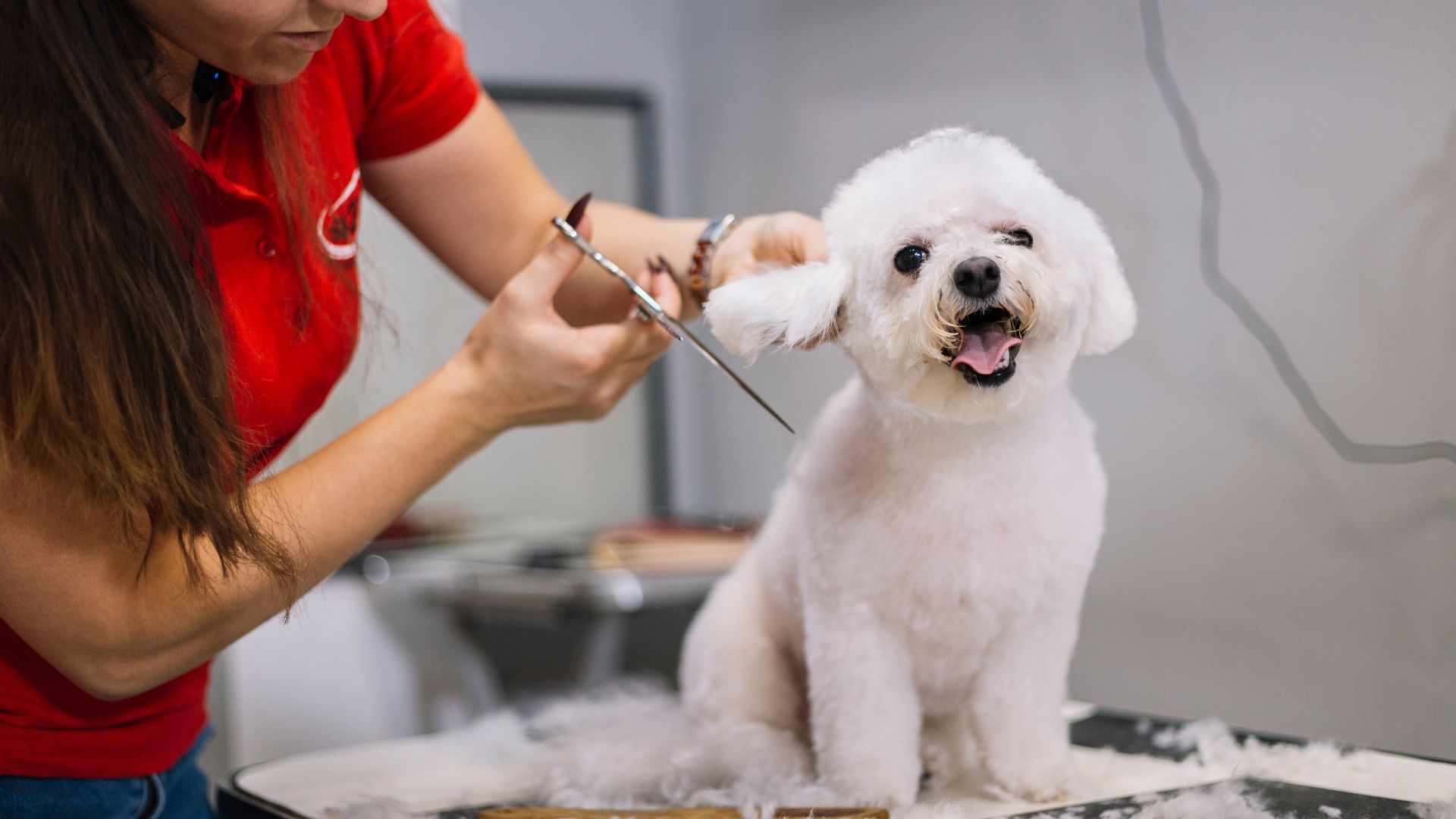Introduction
Proper grooming is a crucial aspect of pet care that not only ensures your pet looks great but also helps maintain their health. Different breeds have unique grooming needs based on factors like coat type, skin sensitivity, and overall health predispositions. This blog post provides breed-specific grooming advice to help you tailor your grooming routine to the specific needs of your pet.
Understanding Coat Types and Their Needs
- Short-Haired Breeds (e.g., Beagles, Boxers):
- Grooming Needs: These breeds typically require less grooming. A weekly brushing to remove loose hair and distribute natural oils is sufficient.
- Tools Recommended: Use a rubber grooming mitt or a bristle brush.
- Special Considerations: Although low-maintenance, these dogs can benefit from regular baths and nail trimmings to keep them looking and feeling their best.
- Long-Haired Breeds (e.g., Shih Tzu, Yorkshire Terrier):
- Grooming Needs: Long-haired breeds often require daily brushing to prevent tangles and mats.
- Tools Recommended: A slicker brush or a steel pin brush works well. You may also need a fine-toothed comb for working out tangles.
- Special Considerations: Regular trims are important to maintain coat health and hygiene, particularly around the eyes, ears, and paws.
- Curly and Wavy-Haired Breeds (e.g., Poodles, Bichon Frise):
- Grooming Needs: These breeds are prone to mats and require regular grooming to prevent tangles.
- Tools Recommended: A slicker brush and a metal comb.
- Special Considerations: Professional grooming every 4-6 weeks is advisable, along with routine ear cleaning to prevent infections due to moisture retention.
- Double-Coated Breeds (e.g., German Shepherd, Siberian Husky):
- Grooming Needs: These breeds benefit from regular brushing to manage shedding, especially during seasonal changes.
- Tools Recommended: An undercoat rake and a de-shedding tool.
- Special Considerations: Avoid shaving double-coated breeds, as their undercoat provides insulation and protection from the sun.
- Hairless Breeds (e.g., Sphynx, Chinese Crested):
- Grooming Needs: Despite lacking hair, these breeds require regular skin care to prevent oil buildup and acne.
- Tools Recommended: Soft cloths for cleaning.
- Special Considerations: Use pet-safe wipes and moisturizers designed for sensitive skin, and provide sun protection when outdoors.
Breed-Specific Grooming Tips
- Bulldogs: Focus on facial folds. Clean regularly to prevent buildup and infections.
- Cocker Spaniels: Pay attention to ear care. Their floppy ears are prone to infections and require frequent checks.
- Persian Cats: Their long, luxurious coats need daily grooming to prevent painful mats and keep their fur looking shiny.
The Importance of Regular Grooming
Regular grooming not only keeps your pet looking their best but also allows you to catch early signs of health issues, such as skin infections or parasites. Moreover, grooming sessions provide a chance to strengthen the bond between you and your pet, making it a pleasurable routine rather than a chore.
Conclusion
Each breed’s grooming needs vary, and understanding these needs is key to maintaining your pet’s health and happiness. Invest in the right tools, educate yourself about your specific breed’s requirements, and consider regular visits to a professional groomer to keep your pet in top condition. Remember, grooming is not just about maintaining your pet’s appearance; it’s an essential part of their overall care.

